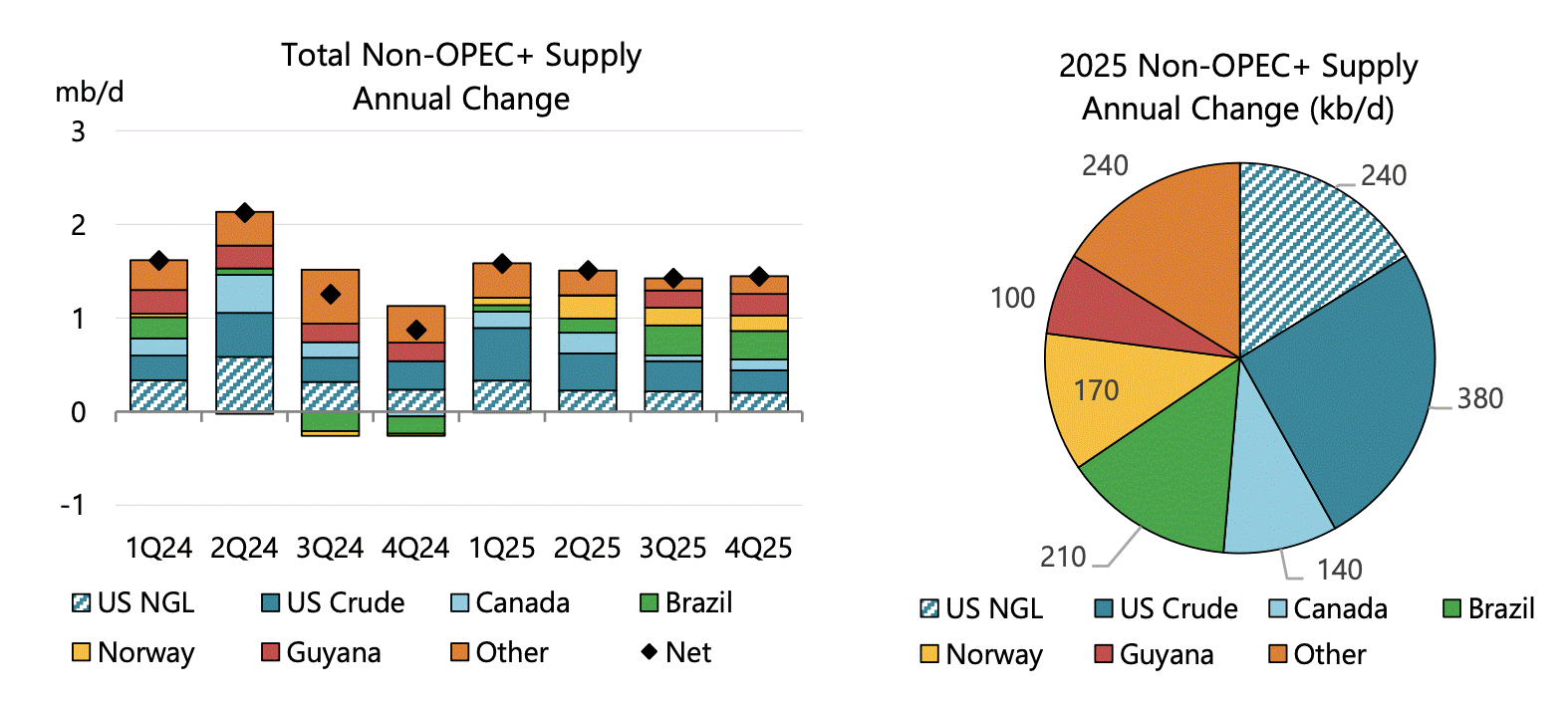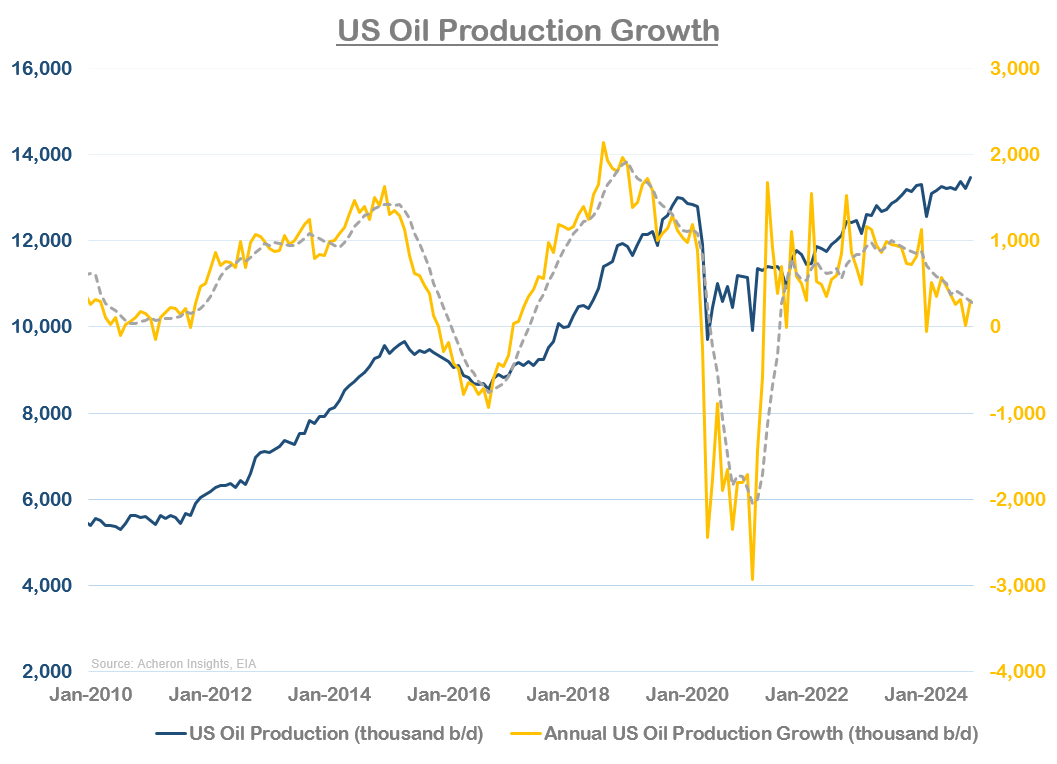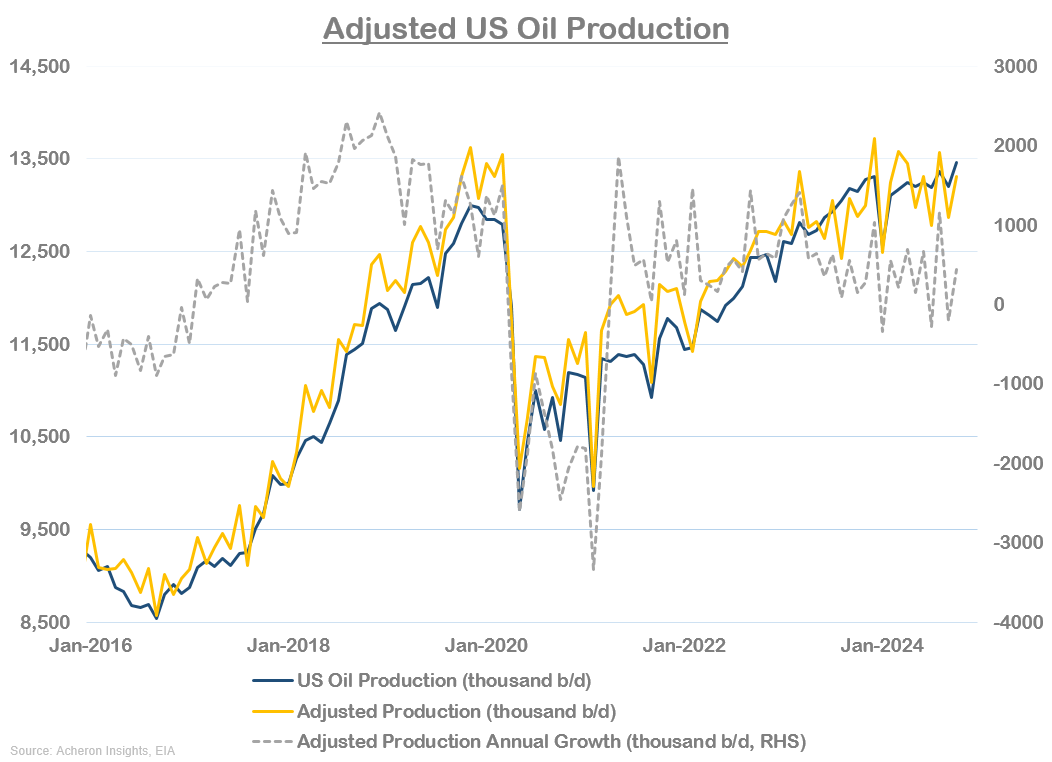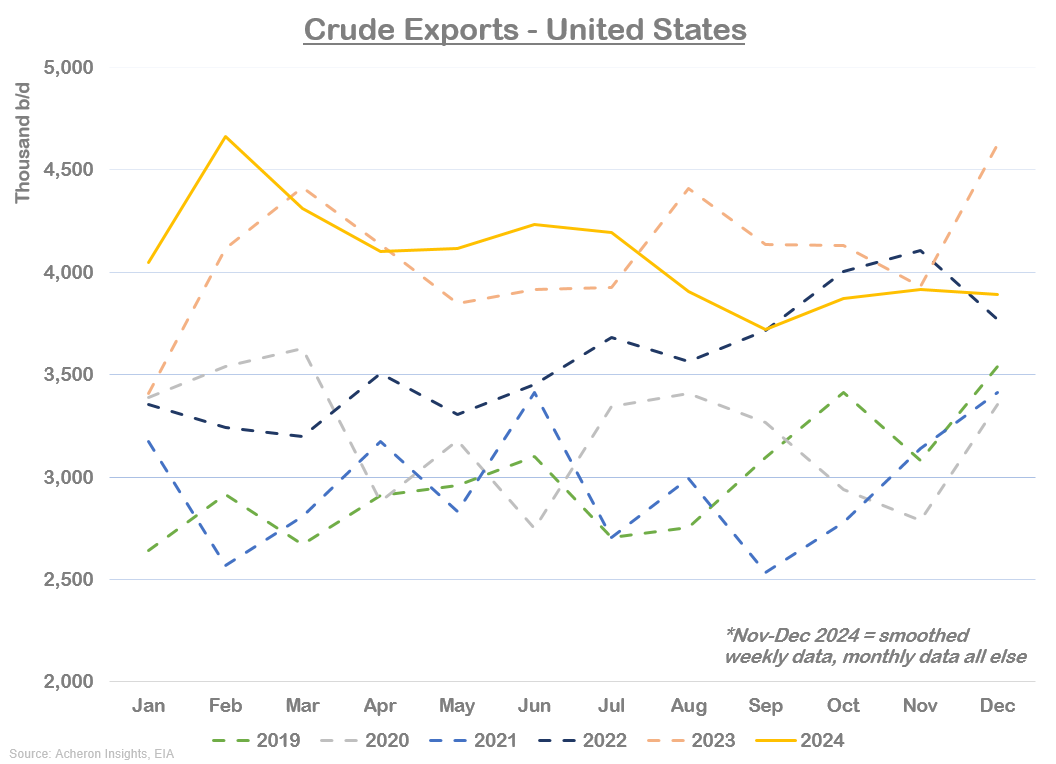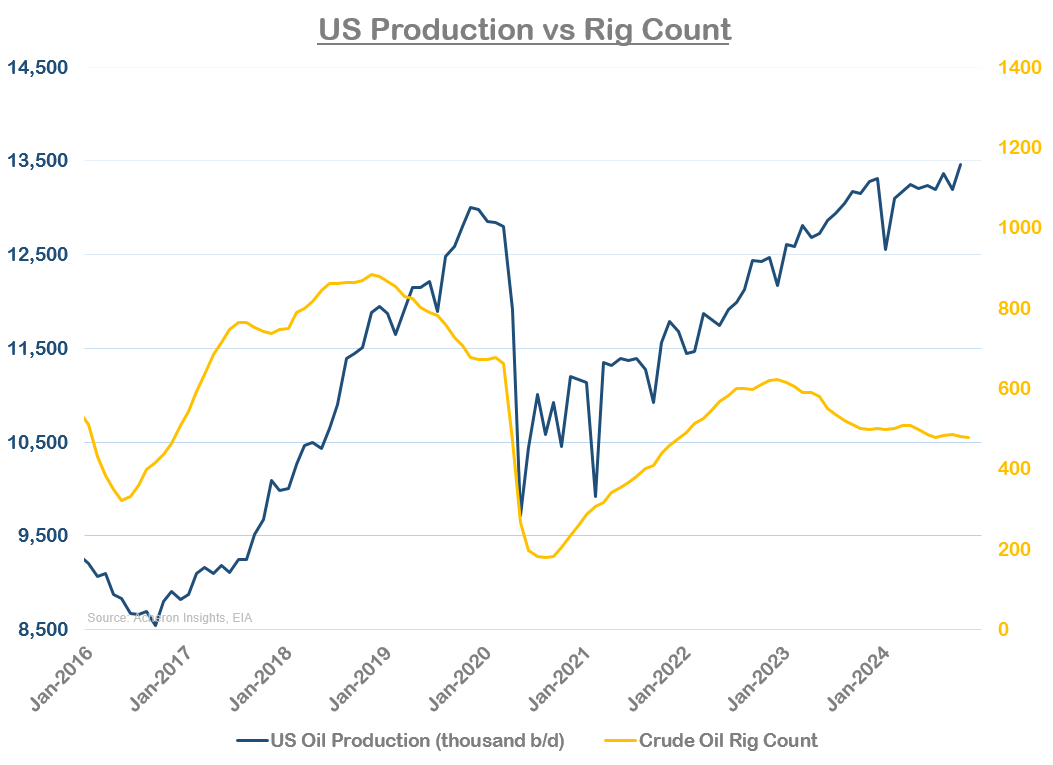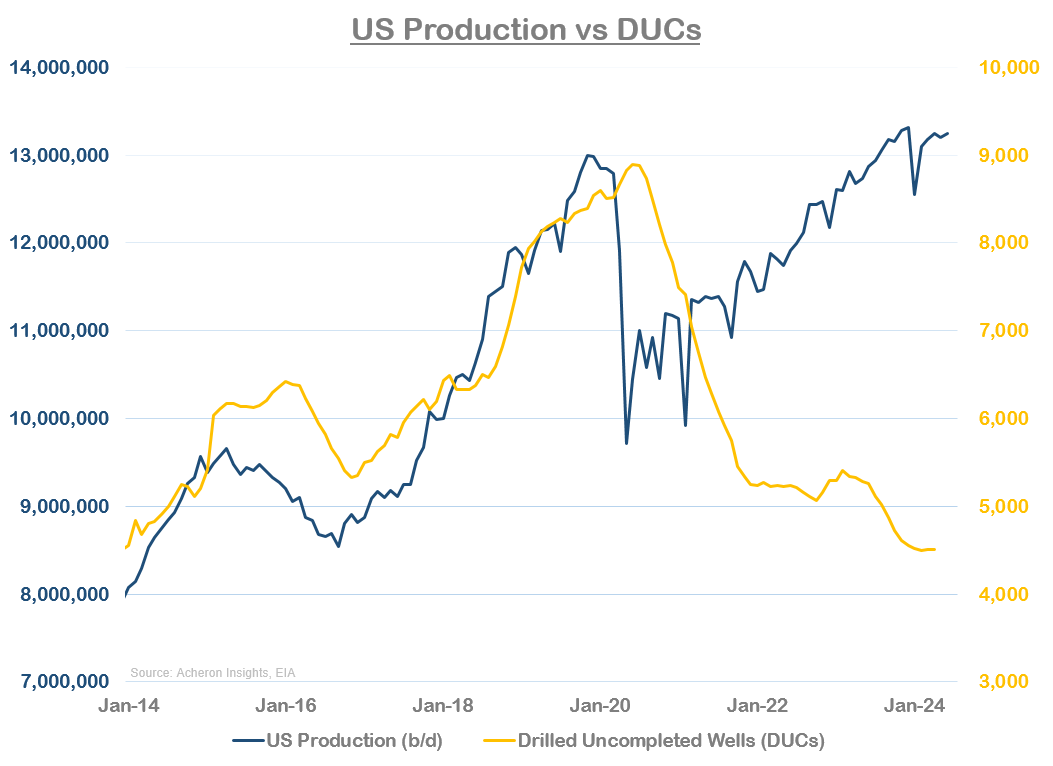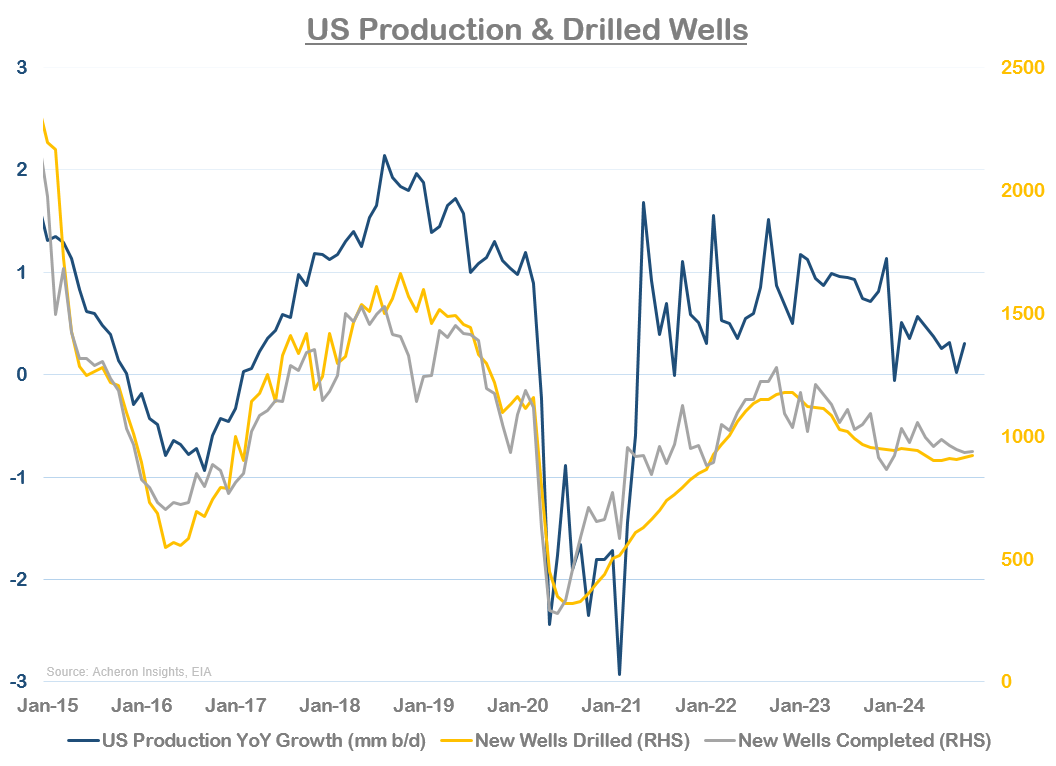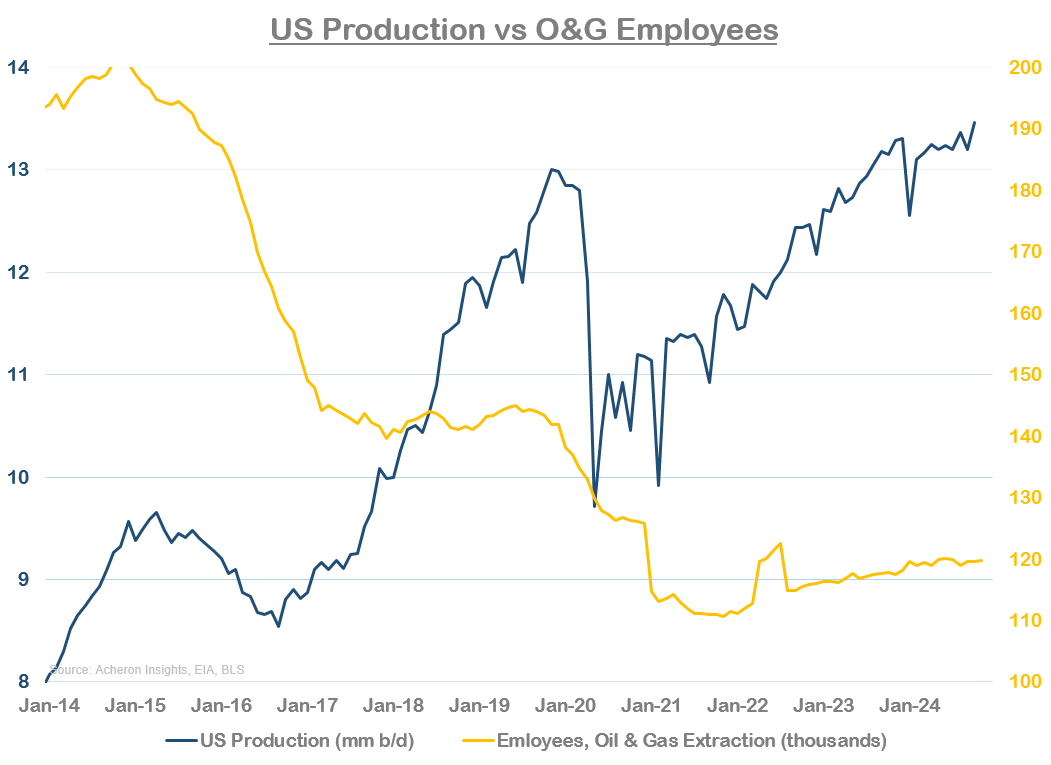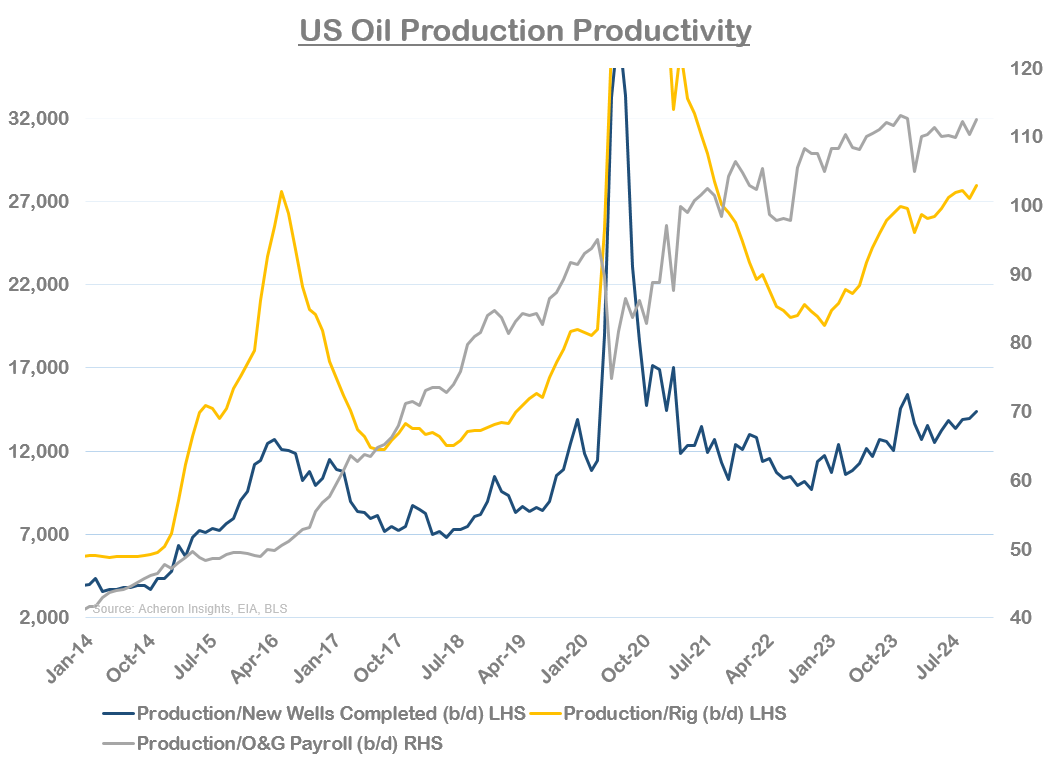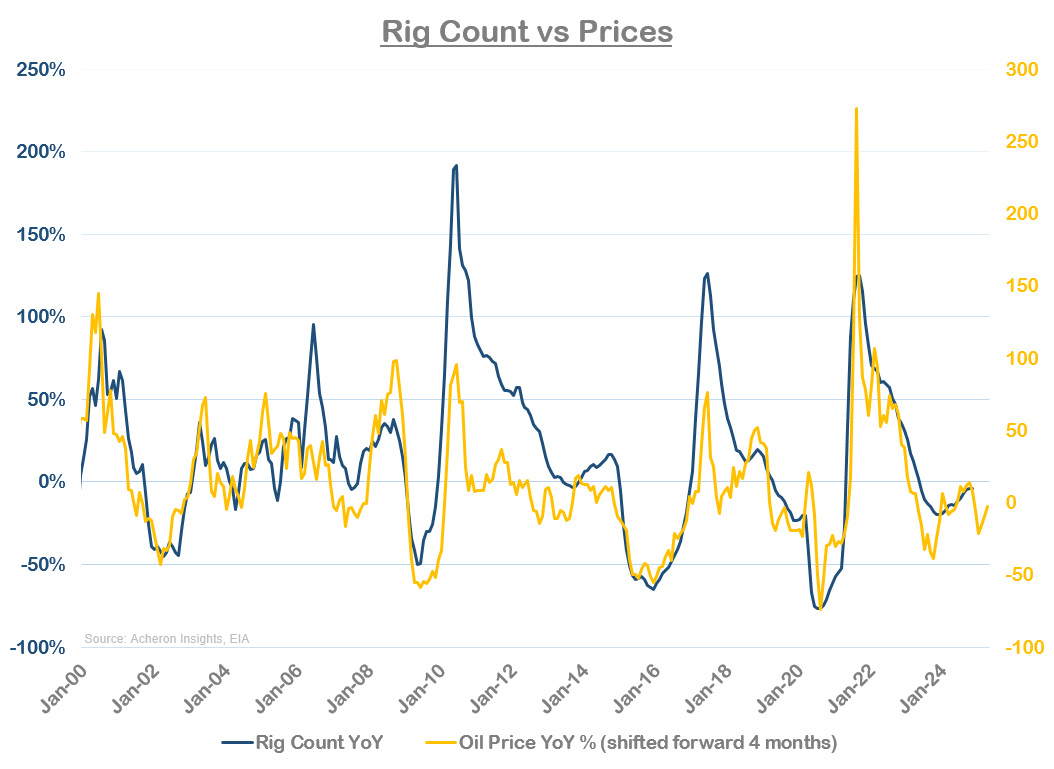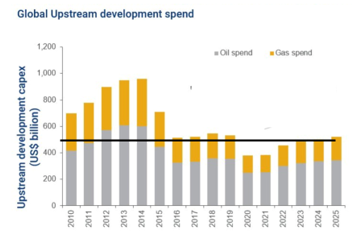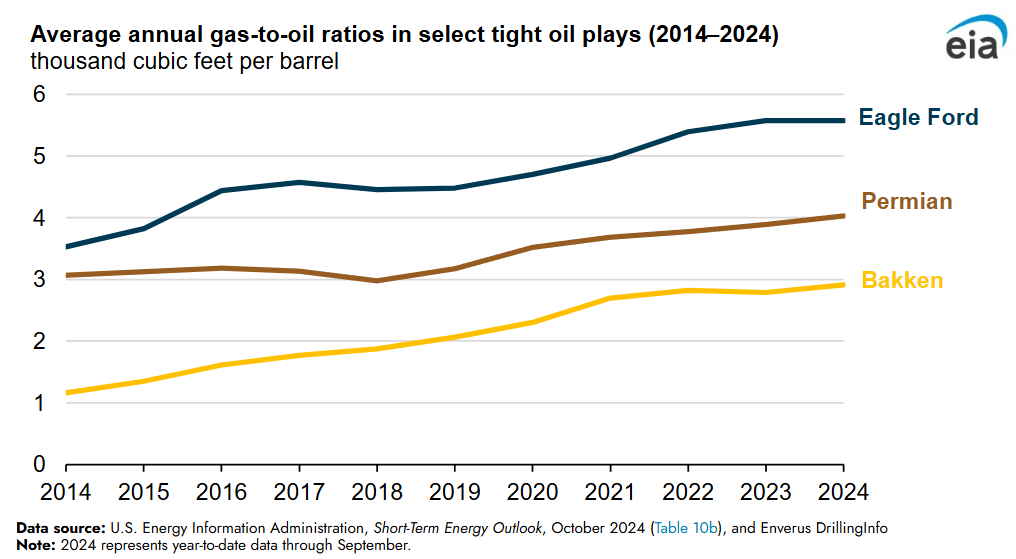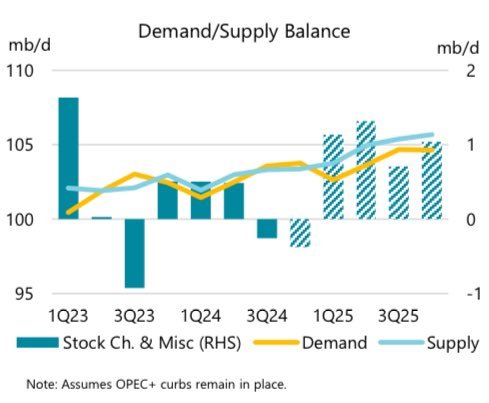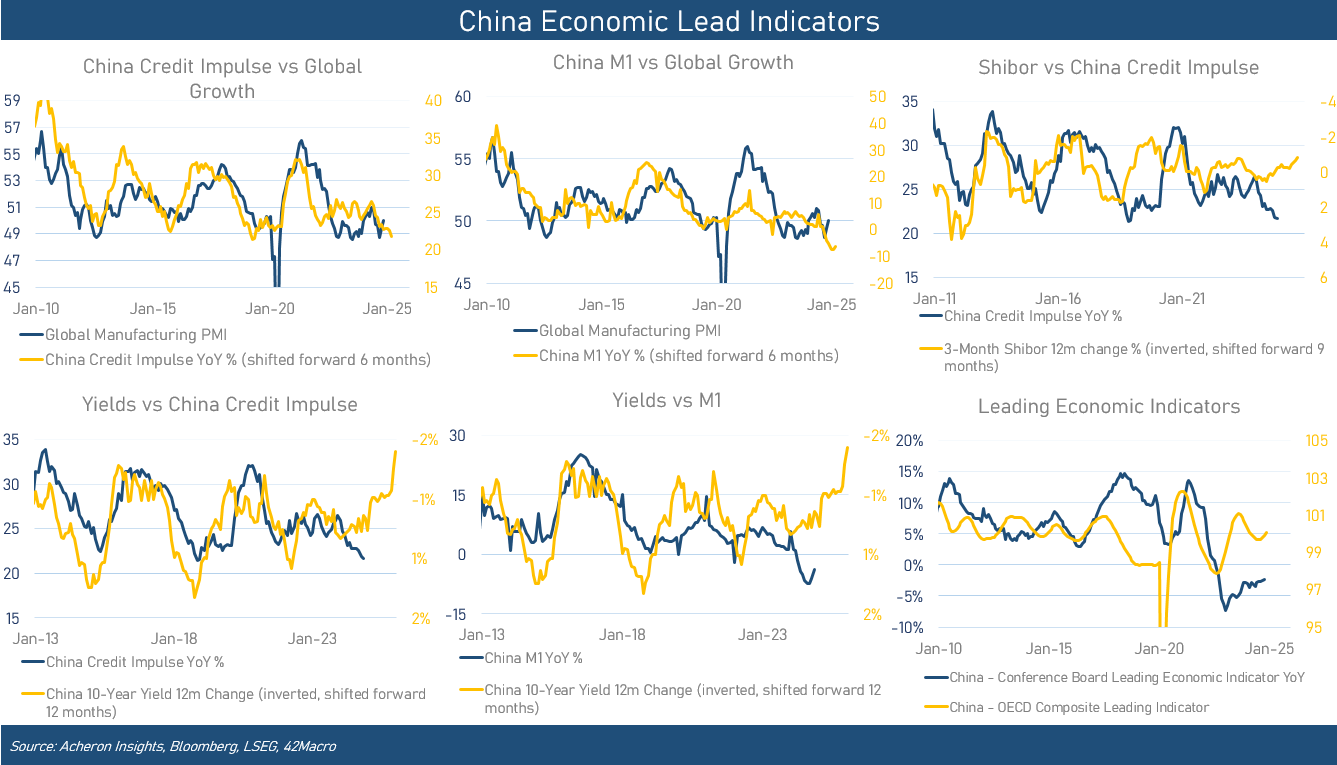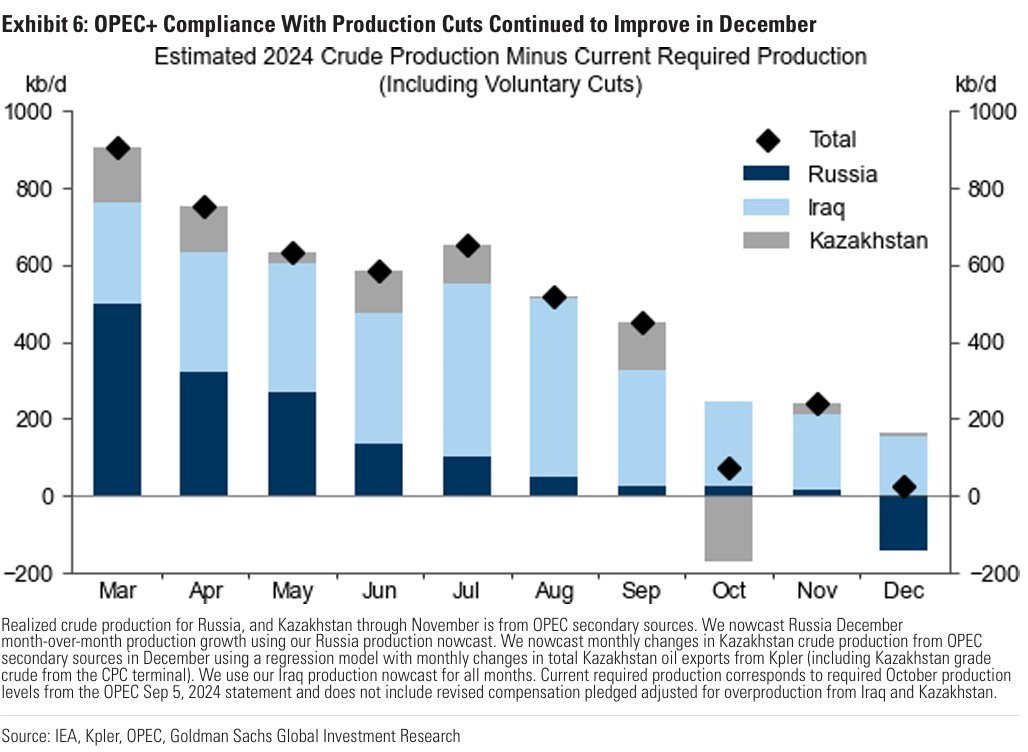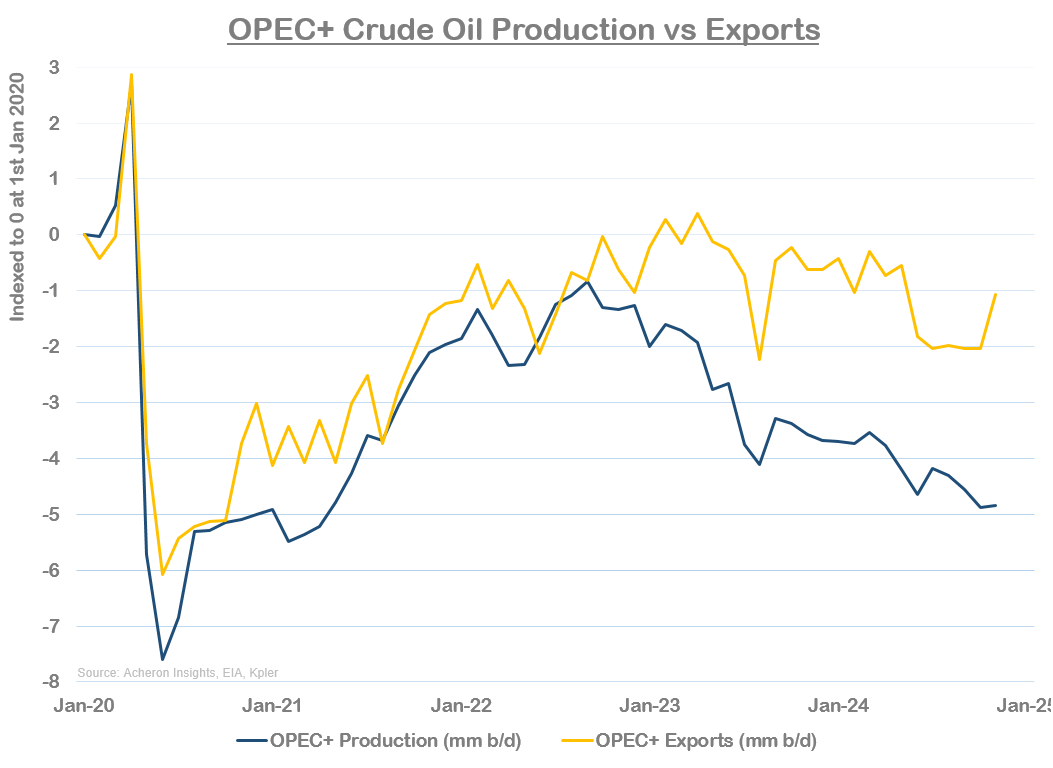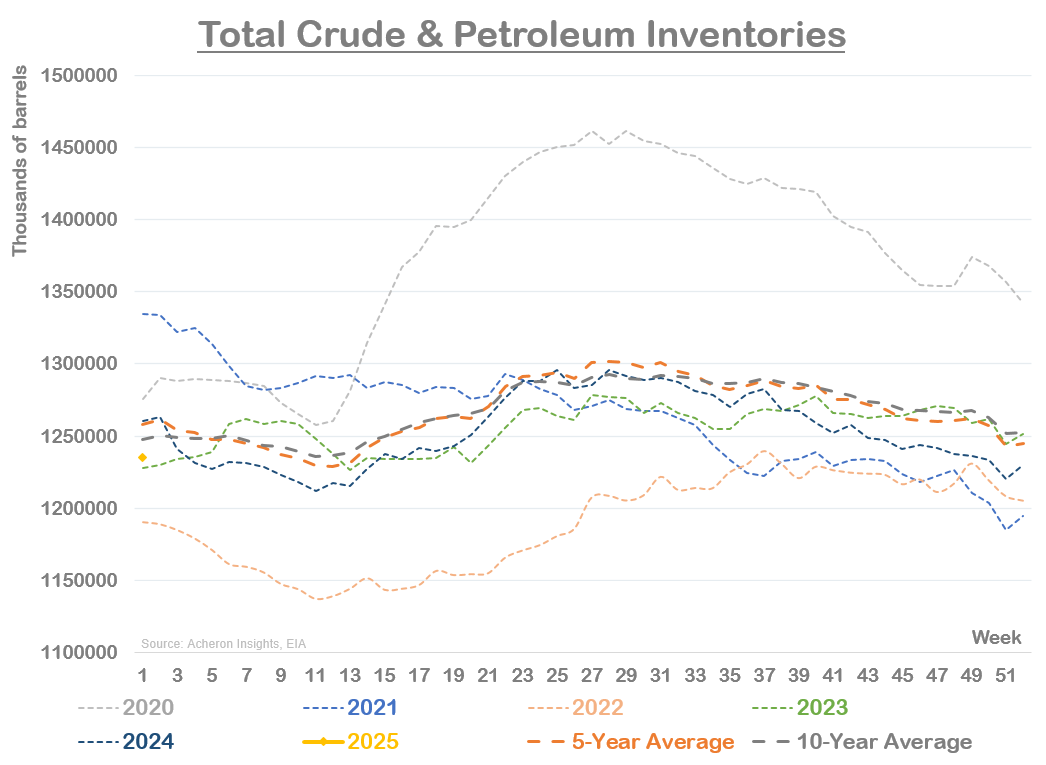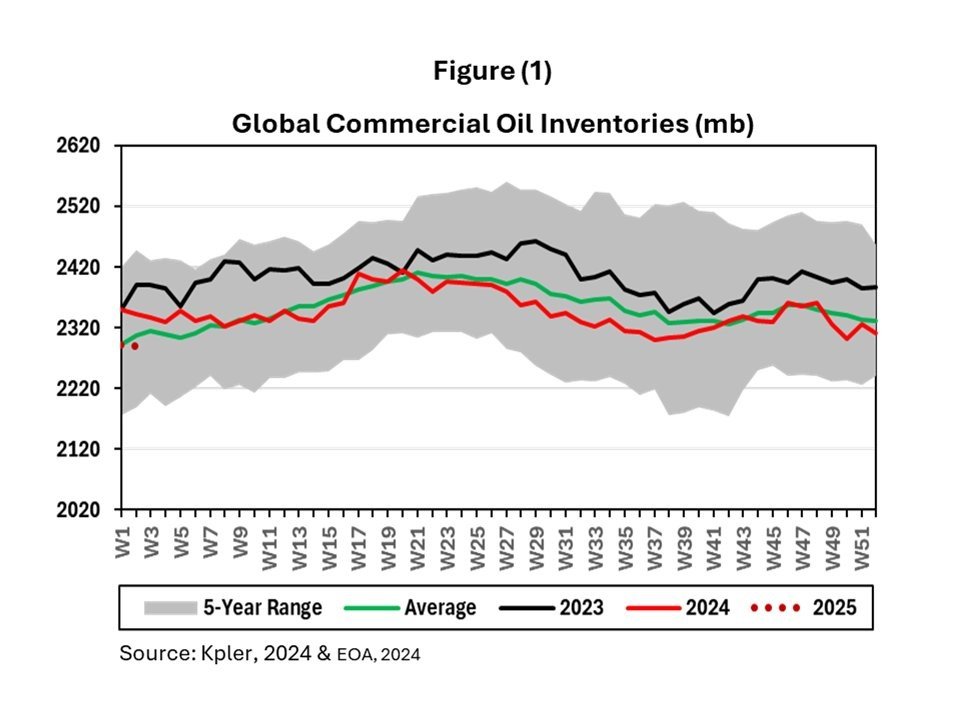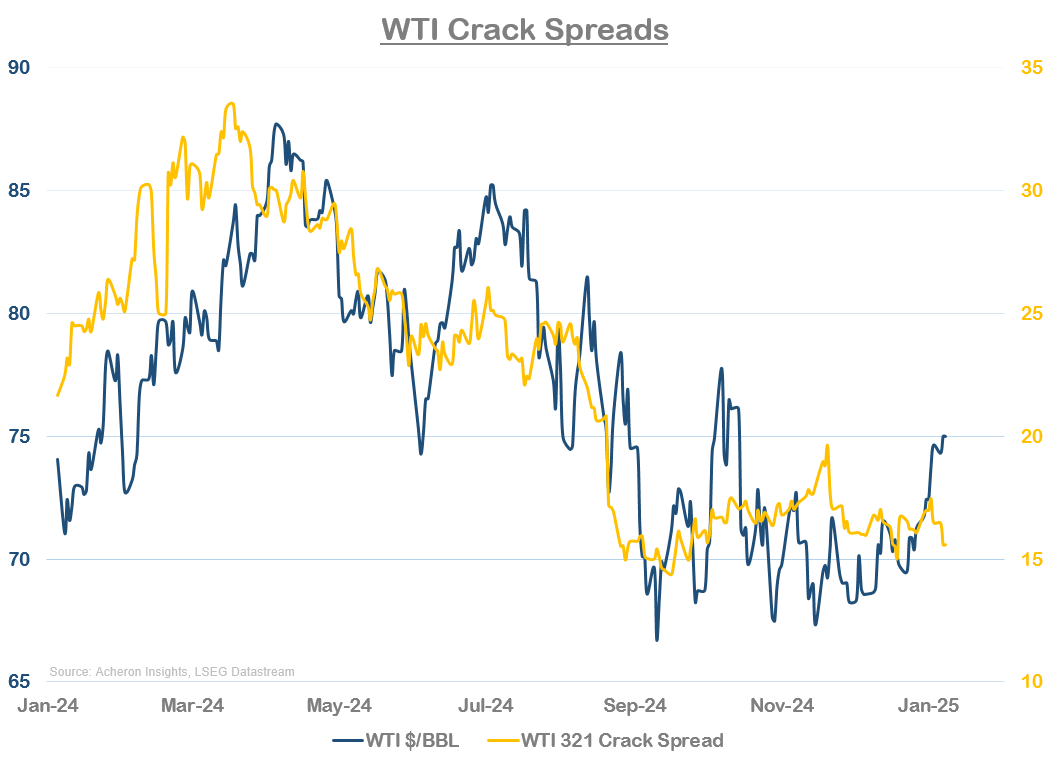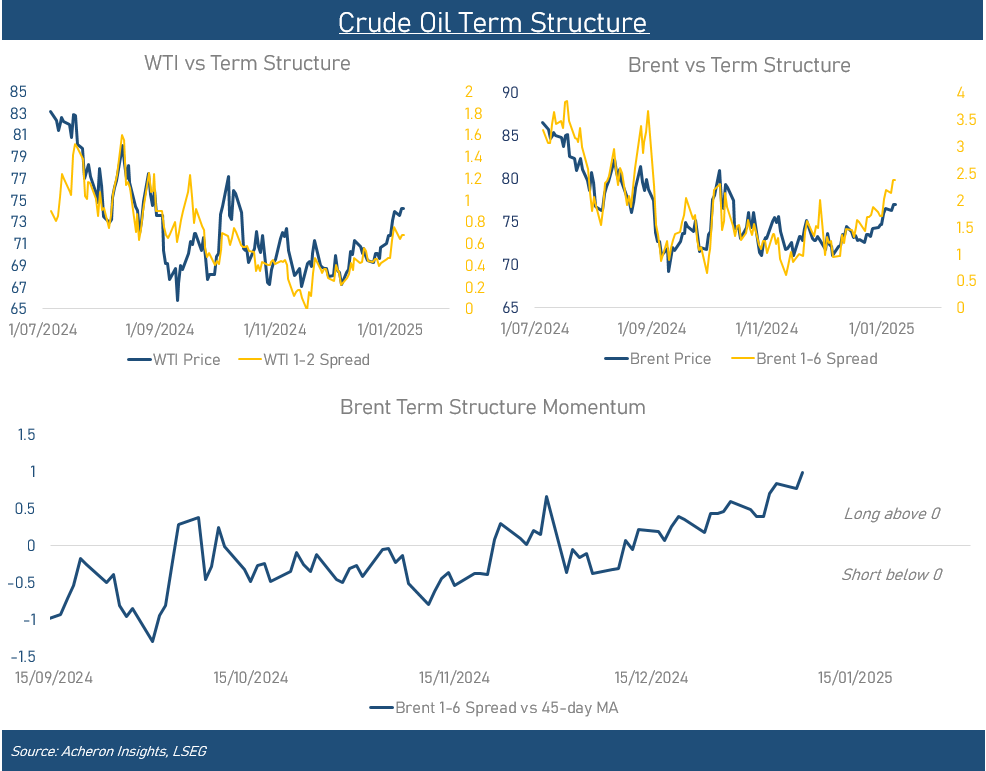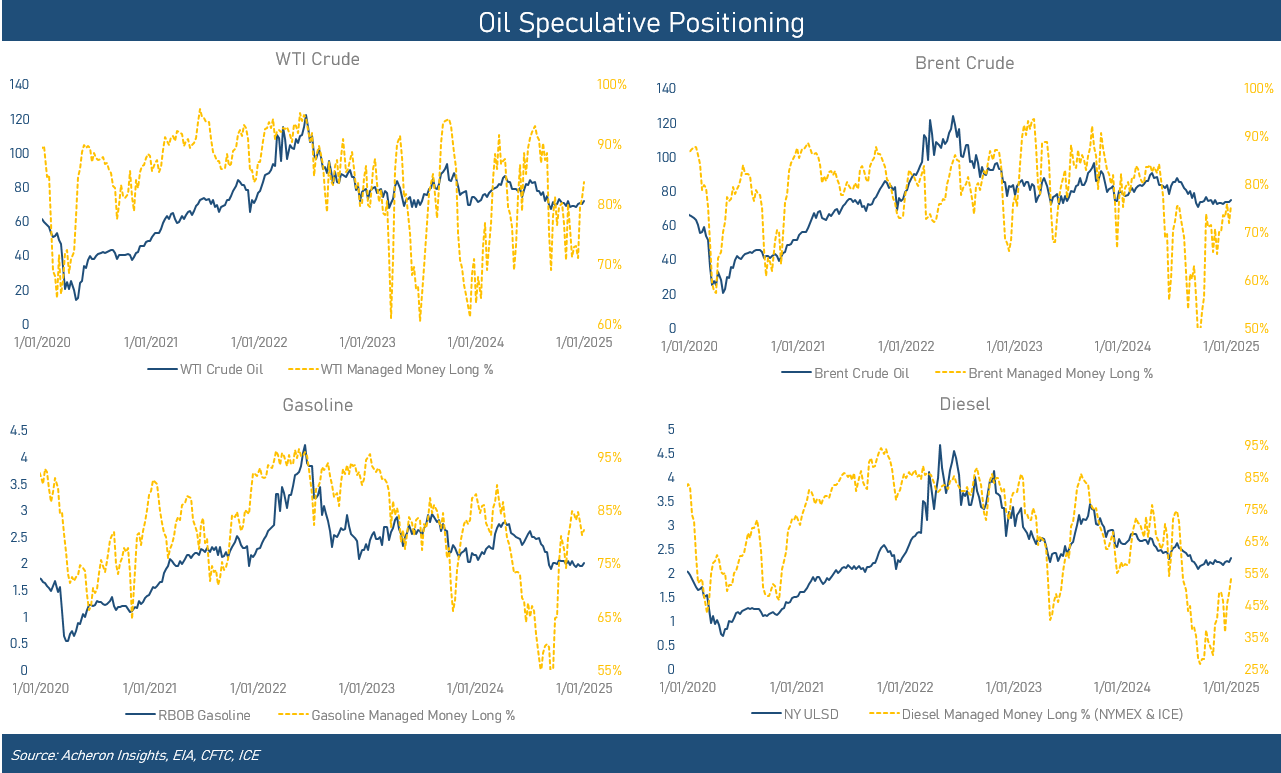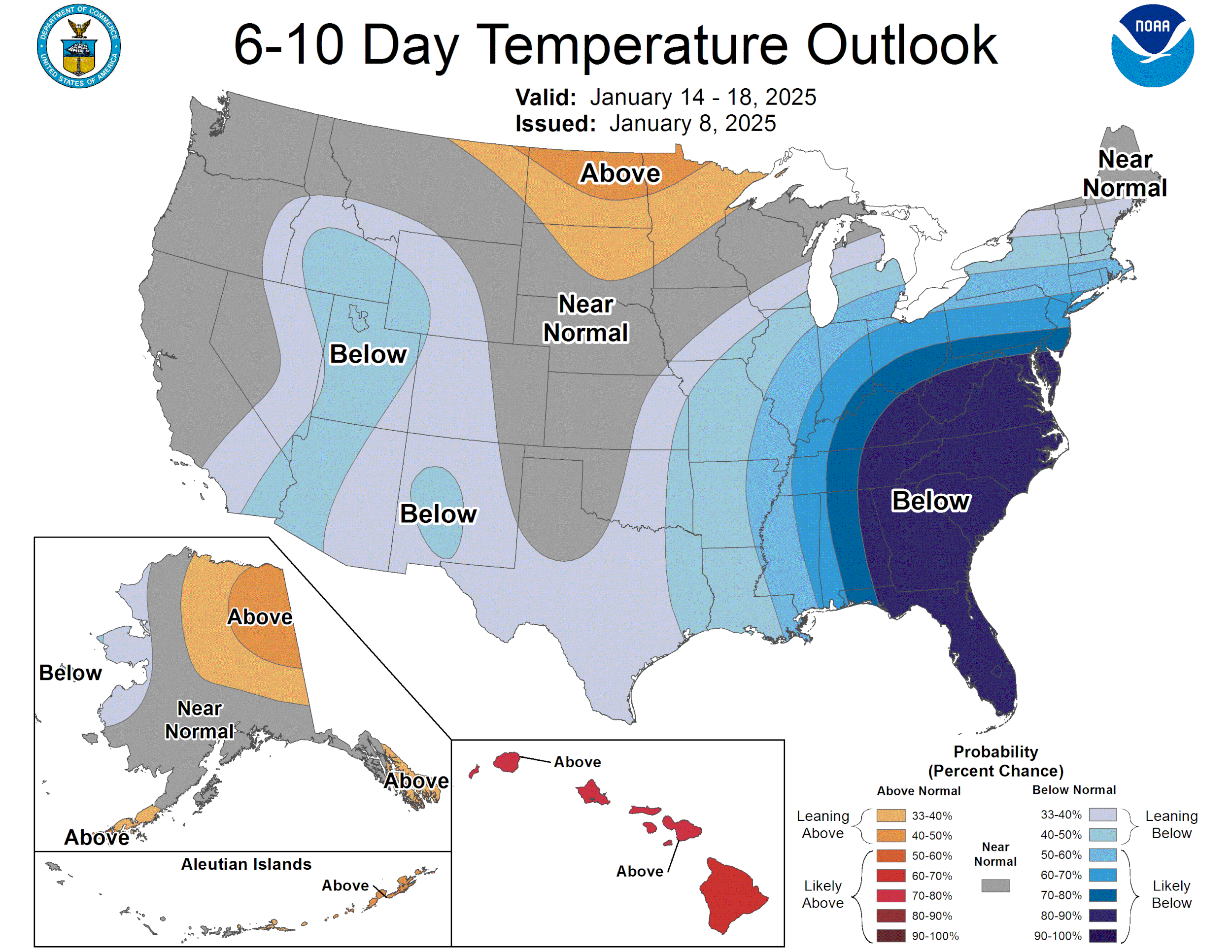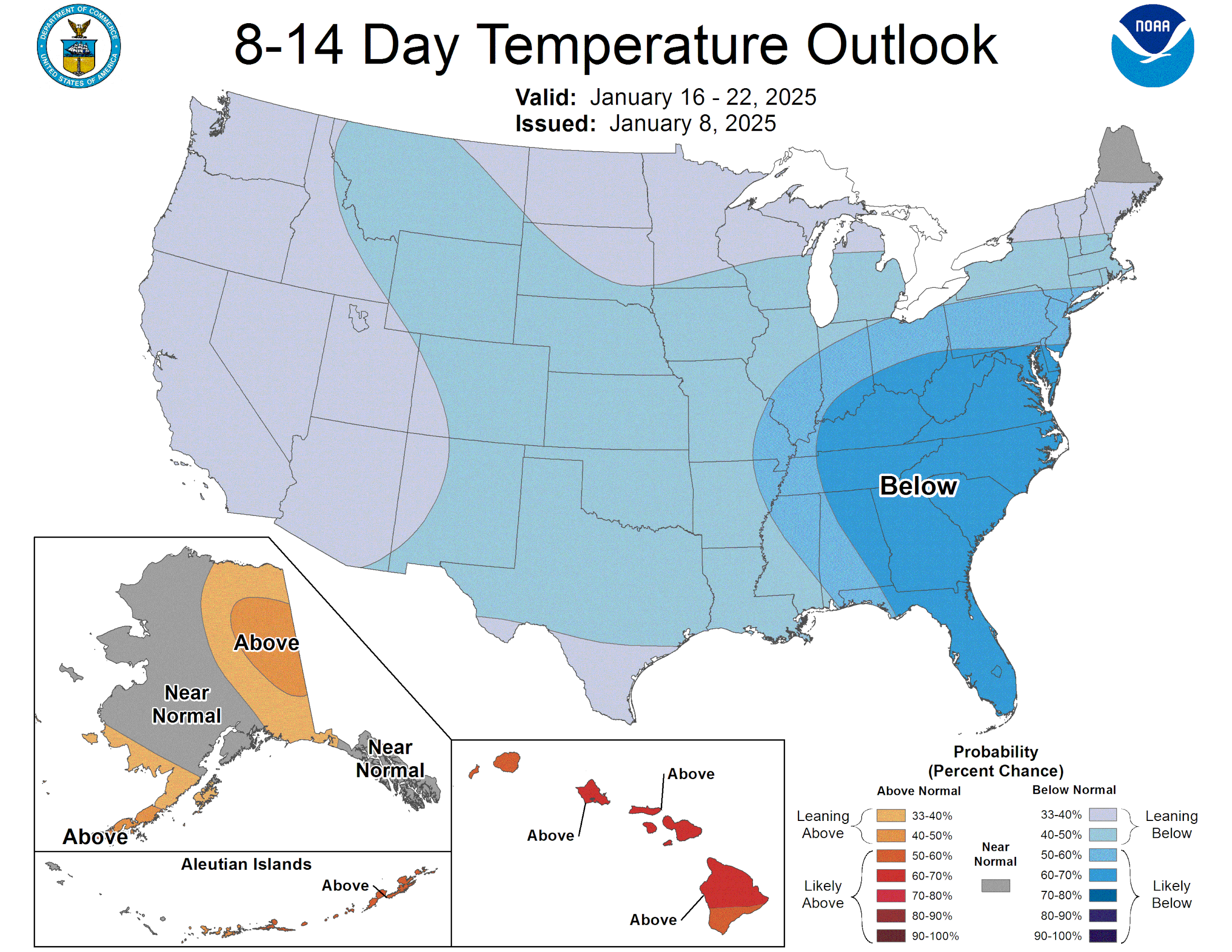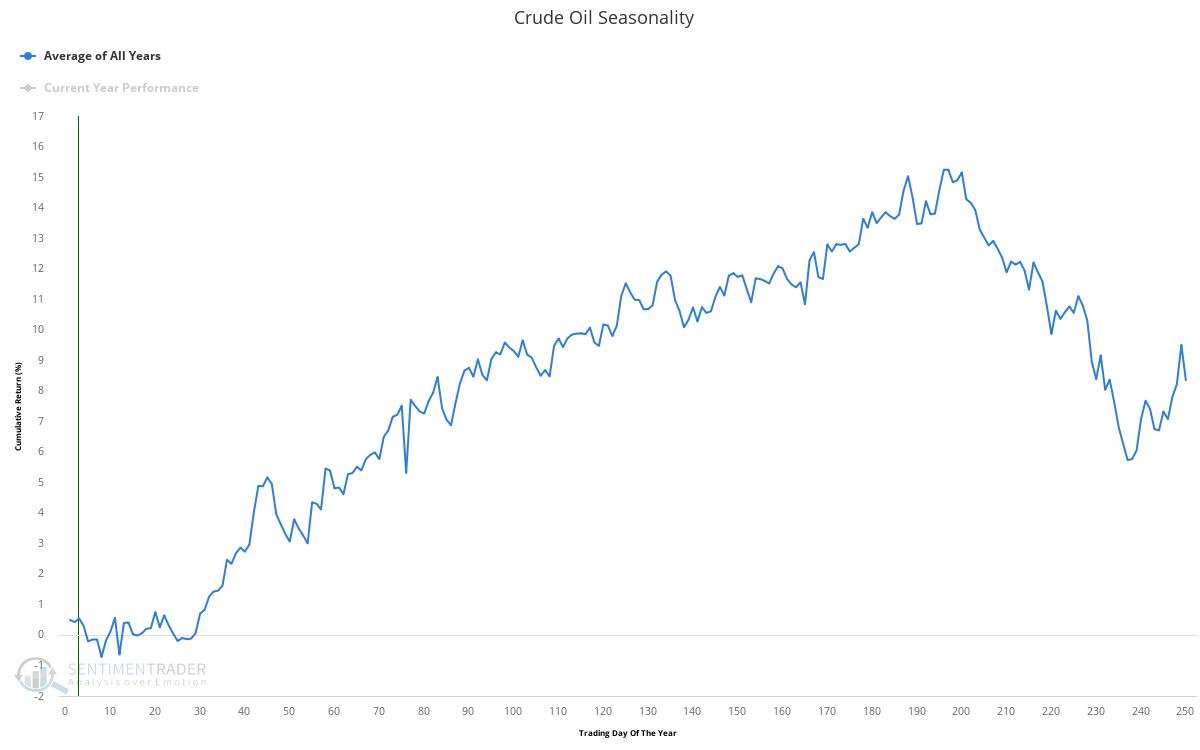[adrotate group="2"]
A common misconception in the oil market is the anticipated growth of non-OPEC+ oil supply, particularly from the US. The prevailing belief is that robust production growth in the US will continue for the foreseeable future.
The IEA has been a key proponent of this view, forecasting a production increase of approximately 1.5 million barrels per day (b/d) from non-OPEC+ sources by 2025, with around 620,000 b/d expected from the US.
Source: IEA
However, as I have explained in detail, there are numerous indicators suggesting that US production growth may actually be slowing. Following disappointing growth in 2024, similar trends are likely to continue in 2025 due to factors such as geological challenges, inaccurate EIA accounting, and overambitious expectations.
In fact, little to no production growth is anticipated in the US over the next three to five years. While these factors may not drastically affect oil prices in 2025, they certainly will impact pricing trends for the rest of the decade. Therefore, it’s important to revisit the signs that suggest a slowdown in US production.
Analyzing the EIA’s monthly data as of October, US oil production has peaked at 13.45 million b/d, demonstrating a mere 300,000 b/d increase since October 2023.
However, as I previously highlighted, the EIA’s accounting methods necessitate a cautious interpretation of these numbers. When adjusted according to their factor, actual production in 2024 appears to have stagnated. Indeed, adjusted production levels have hardly changed over the past 24 months, especially after being overestimated during much of 2023.
The reality of US production growth seems minimal.
Further insights can be garnered from US crude exports, which show a year-over-year decline and a consistent drop throughout 2024. While weak economic growth abroad contributes to the stagnation, the overall trend in exports does not indicate an increase in US production for 2024.
Current projections suggest that US oil production in 2024 may experience the lowest growth rate since the onset of the shale revolution. Not only has production growth fallen short of expectations, but similar trends appear likely to persist.
Despite some increase in recent production, the rig count is on a downward trajectory.
Similarly, the number of drilled but uncompleted wells (DUCs) is also decreasing.
A decline in DUCs alone is not necessarily bearish, as it may indicate a rise in well completions rather than just a drop in drilling activity. This was evident from mid-2020 to 2023 when the number of DUCs fell as the completed well count rose. However, since early 2023, the trends in completed wells, newly drilled wells, and DUCs have all been declining.
Additionally, production has increased with a decreasing number of employees in recent years.
As previously discussed, the recent rise in US production can largely be attributed to enhanced productivity.
Key factors behind these productivity gains include:
- Enhanced production rates from newly completed wells driven by technological advancements such as longer lateral lengths and optimized well spacing, allowing producers to increase output with fewer rigs and crews.
- High grading, where producers favor Tier 1 wells over Tier 2 wells, especially as Tier 1 wells approach completion; and,
- Private producers ramping up output in hopes of capitalizing on the recent mergers and acquisitions boom, which peaked in 2023.
It is also important to recognize that the lull in new drilling activity partly results from the 2023 mergers and acquisitions in the energy sector, with 2024 likely seeing acquired companies focus on integrating operations. Consequently, any increase in drilling activity in 2025 is expected to be minimal due to the recent decline in oil prices. There appears to be little reason for a rise in the rig count in the near future.
Moreover, the stagnation in capital expenditures in the industry is bound to have consequences. Upstream spending has remained flat for a decade when adjusted for inflation. Given the higher decline rates of unconventional oil production—estimated by Exxon to reach as much as 15%—greater capex will be necessary merely to sustain existing production, let alone foster new growth.
Source: Wood Mackenzie
Another aspect to consider is the significantly higher interest rates compared to the early 2010s, making it more challenging to finance expansion capital expenditures.
Clearly, shale production growth will face significant challenges ahead. Rising capex limitations for long-term production, coupled with geological constraints, are becoming more pronounced. As previously mentioned, the depletion of Tier 1 wells will inevitably lead to a decline in productivity as higher capex is needed to maintain output and operators shift their focus to Tier 2 wells. Additionally, US oil production is increasingly yielding more gas, indicating the exhaustion of oil reserves.
In summary, the current circumstances regarding US oil production are as follows:
- Almost no growth over the past two years when production is adjusted for EIA accounting methods;
- Recent production increases are primarily driven by productivity improvements, which are unlikely to be sustainable given the geological hurdles ahead (high grading of Tier 1 wells and increasing gas content in production);
- A decline in the rig count, completions, DUCs, oil and gas employees, and upstream capital expenditures, all of which are likely to hinder future growth;
- Higher interest rates and financing costs;
- Increasing decline rates from existing wells;
- Industry consolidation focusing on shareholder returns and control exerted by major oil companies.
This suggests that US oil production is likely to fall short of forecasts in 2025 and indicates that achieving Trump’s target of 3 million boe/d will be improbable—should it happen at all, it will likely be through natural gas liquids rather than crude oil.
Moreover, stabilizing US oil production diminishes the potential for disunity within OPEC+ and facilitates the return of spare capacity in ways that are more favorable for oil prices (more on this topic later).
Price Outlook for Oil in 2025
Looking ahead to the implications of these dynamics for oil prices in 2025, it is crucial to note that if US oil production falls short of consensus predictions, much of the anticipated surplus will vanish, particularly as other non-OPEC+ sources also underperform (Brazil, for instance).
Source: IEA
This certainly doesn’t present a bullish outlook for 2025, but it does reduce the risk of significant oversupply anticipated in paper forecasts. Furthermore, the recent delay in the unwinding of the 2.2 million b/d voluntary cuts by eight OPEC+ members adds to the alleviation of the forecasted surplus for 2025. However, major supply deficits shouldn’t be expected.
Indeed, several challenges remain for oil prices in the short term, with the most significant being economic sluggishness outside the US, notably in China. As previously highlighted, demand concerns have been affecting oil prices, and not much has improved in that regard over the past couple of months.
Very high oil prices are contingent upon a resurgence in Chinese economic growth and OPEC+ being able to manage spare capacity without disrupting market equilibrium. Although there are some indications of recovery in China’s leading economic indicators, real demand growth is unlikely without substantial stimulus measures from policymakers (which have been suggested may occur this year).
Thus, 2025 appears to be shaping up similarly to 2024 in terms of oil prices. However, it is likely to be moderately less bearish than what has been expected and factored in as we approached the end of 2024. Market players are beginning to recognize that paper balances are overstated on the downside and that many previously dismissed risks are becoming less probable.
The primary concern was the potential for discord within OPEC+ stemming from overproduction in Iraq and Kazakhstan, potentially sparking a price war by Saudi Arabia to reclaim market share from the US. Recent developments have indicated that the likelihood of such an occurrence has been exaggerated. The delay of production cut adjustments during the December meeting and the observed reductions in output from Iraq and Kazakhstan serve as clear evidence of this. Historical patterns indicate that OPEC+ divisions and price wars commonly arise when non-OPEC+ supply is rapidly expanding, which is not the scenario we are currently facing.
Another noteworthy aspect regarding OPEC+ production cuts is the disparity between production losses and export decreases. When comparing the drop in OPEC+ production to the reduction in exports, the former greatly exceeds the latter. While increased OPEC+ output may exert some downward pressure on prices, the severity of such impact may not be as pronounced as it appears at first glance.
Price forecasts for 2025 are also supported by inventory levels. Despite significant decreases in US crude inventories during the latter part of 2024, total crude and petroleum inventories in the US are starting 2025 at levels just below the five and ten-year averages.
The same conclusion can be drawn for global commercial oil inventories.
Source: Energy Outlook Advisors
It’s important to recognize that these averages have been skewed higher due to inventory builds observed in 2020. At this point, weakness is notably present in the refined product segments (particularly distillates), primarily caused by limited industrial activity and economic growth.
Evidence of stagnant refining margins, which are not rising in tandem with prices in recent weeks, supports this observation.
Nonetheless, several bullish developments warrant attention, particularly regarding expectations. As noted previously, consensus anticipates a surplus of approximately 1 million b/d in Q1, with corresponding inventory builds. Thus, should non-OPEC+ oil supply fail to meet projections and inventories don’t build as anticipated, this could exert upward pressure on prices, particularly in the first half of 2025.
The recent surge in spot prices and tight conditions in the physical market, indicated by a strengthening term structure, reflect this reality.
Under these circumstances, prices could realistically reach $85-$90 by mid-year as negative expectations are recalibrated.
We have begun to see this shift, as market positioning has evolved from historically bearish levels a few months ago to a more neutral stance now.
One final consideration that could further bolster prices and reduce Q1 inventories is the forecast for colder-than-average weather in the US during early January.
This colder weather is expected to increase demand for heating, particularly for heating oil/distillates and propane. Additionally, production could be briefly impacted as experienced last January. Given that propane stocks are currently above seasonal averages, an unexpected surge in seasonal propane demand could potentially lead to a further decline of 30,000-40,000 barrels in overall crude and petroleum inventories in Q1.
However, barring the cold weather tailwind and considering the recent price rally and unwinding of speculative positioning, prices may reach a short-term ceiling. As such, traders should exercise caution in the near term, especially if January doesn’t produce the anticipated cold conditions. The upcoming weeks often represent a less than stellar period for oil price performance.
In conclusion, while the oil price outlook for 2025 appears somewhat neutral (with prices likely ranging between $70-$85), this forecast is significantly more optimistic than previously anticipated. Should inventory levels stabilize or even decrease in Q1, prices could easily climb to $85-$90 by mid-year, but any such rally is expected to be temporary.
Until we witness a robust economic recovery that permits OPEC+ to unwind cuts without upsetting supply-demand dynamics, oil prices are likely to stay range-bound. The market in 2025 looks to be favorable for traders, while long-term investors should consider capitalizing on weaknesses to invest in appealing equities. My preferred strategies for tapping into the long-term oil narrative include investing in offshore drillers and services, Canadian oil and gas producers, and US natural gas companies.
[adrotate group="2"]


